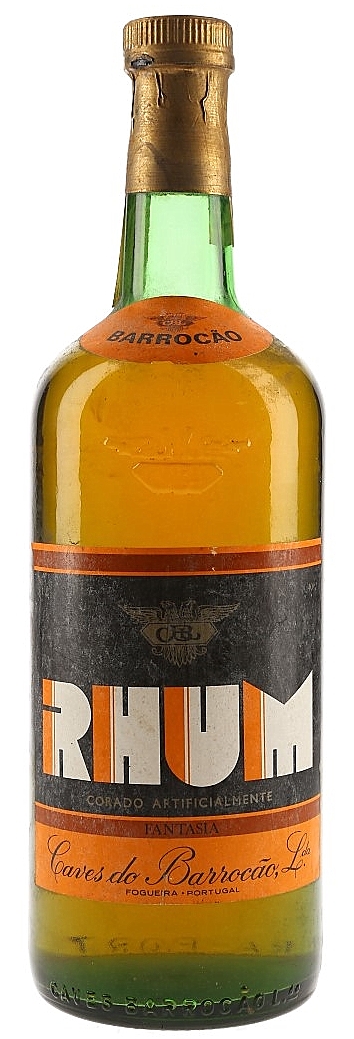Rumaniacs Review R-162 | #1055
Fantasias as a class of rum have pretty much faded from public view, only resurrected periodically in retrospectives like this one – these days spiced rums and spirit liqueurs hog attention and wallets. Yet they were popular, once, mostly in Europe around the 1950s to 1970s. By the eighties the style had started to diminish in popularity and the rise of standards and production regulation at a country- or regional level, as well as the emergence of a “pure” rum culture probably caused is eventual demise…though not it’s complete extinction..
What Fantasia rums were, was an evolution of the “Inlander” or domestic rhums of Germany and eastern Europe, also called verschnitt: Stroh, Tuzemak, Badel Domaci, Maraska and Casino 50° are its inheritors. Originally it was cheap or neutral alcohol – often from beets – that was then added to: sometimes that addition was high ester Jamaican rums like DOKs, at others it was herbs and spices or infusions that gave it a local touch. It was always meant to be a sort of digestif, and this was why many of them were noted as being liqueurs. Italy was famed for them and indeed the first ones I ever found were from there, made by companies like Antoniazzi, Pagliarini, Tocini and Masera, who almost nobody now recalls.
As with those, not much is known about the company that made this one, except that it hails from west-central Portugal south of Porto; it was a wine wholesesaler and importer that also dealt in brandies and sparkling wines, and the “manufacture of prepared and unprepared spirits” (the Portuguese term is Aguardentes preparadas / não preparadas – fabricantes for those who want to try a better translation than my evidently wobbly one here). As far as I can tell, the company, which had a history dating back to the post-war years, eventually filed for insolvency in 2012 and was completely liquidated in 2023.
Nose – No surprise: wispy and faint, and quite thin. Apricots and cherries in syrup, Ripe peaches and the tartness of unripe fleshy fruits. Cherry syrup and myrtle, rosemary. White wine, green grapes, toffee and some vanilla. A touch of apple cider and lemon pie.
Palate – Sweet, but with an edge. Ripe apples and riper mangoes, plus those cherries in syrup again, which if I recall those first Italian fantasias from the 1950s I tried so many years ago, was something of a characteristic for them too. A nice hint of brine, olives and hot black tea; vanilla zest and some ice cream is about all.
Finish – Sweet, light, bland; vanilla and light pears, a touch of salt.
Thoughts – Such a mixed bag of various tastes and aromas, that it comes out as indeterminate, and the additions are clear: no barrel ever imparted flavours such as these, although there is a tinge of “ruminess” coiling about the whole thing, so it’s not completely bad. Still, even at 40%, discerning a real profile is an effort in concentration: at end, what we conclude is that it really is mostly like flavoured rum-like ethanol and sugar water, without enough of a body or character to make a coherent statement for today’s rum enthusiasts. We buy it more for history and curiosity, not for sharing or showing off.
(75/100) ⭐⭐½
Other notes
- The term “corado artificialmente” on the label means “artificially coloured”
- The rhum was bought at auction – the 1970s era dates from the listing – and shared with me by ex-rumista, wrestling enthusiast and good friend, Nicolai, so thanks to the man for the assist.
